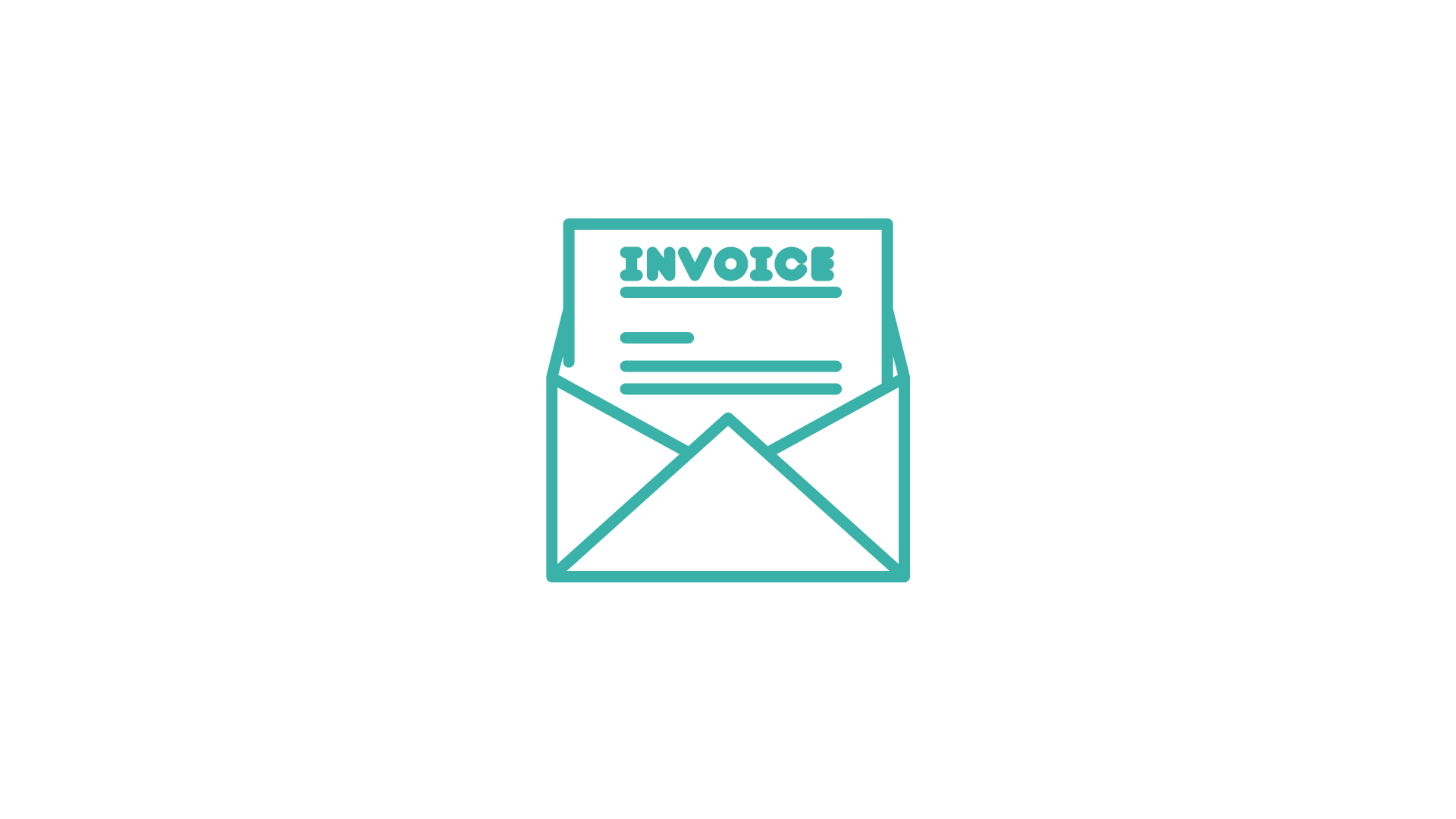Securing your business is essential - and this is the essence of the advance payment, which is part of the receivables. The counterparty is obliged to pay the agreed amount in advance, if it is mentioned in the contract. Based on this payment, an advance invoice is then issued. The final invoice, on the other hand, is made only after the transaction is completed, when the entire service has been performed or the goods have been collected. How to book these two documents? Read on to find out!
Definition of an advance invoice - what is it? Basic knowledge in a pill
Advance invoices are an important element of the transaction, as they record the receipt of part of the receivables from the counterparty. These documents must be taxed, but only in the field of VAT. The completed advance invoice does not generate income, and the received one is not a cost. This means that it is not included in tax costs. The tax obligation arises only when the full amount is paid and the final invoice is issued.
[accounting_banner]
Prepayment invoice should contain information that enables the identification of the transaction and a clear definition of the terms of the advance payment. They result from the wording of the VAT Act. What data are we talking about?
- Invoice number and advance invoice date.
- Seller and contractor data, such as e.g. name, address, identification number (NIP).
- A description of the goods or services to which the down payment relates.
- The monetary value of the down payment that was paid by the counterparty.
- Advance payment deadline.
- Balance information.
- Billing details.
- Value and tax rate.
Advance invoice - when and how should it be issued?
Receipt of part of the receivables in the form of an advance gives rise to a tax obligation on the basis of VAT. If this amount is paid by a business entity, the taxpayer is obliged to do so the advance invoice was issued by the 15th day of the month following receipt of the advance payment. This is a confirmation of its receipt. It is different in the case when the advance payment is made by a natural person without a registered business activity - then the advance invoice can be processed only at the request of this entity.
Types of advance invoices - how to book each of them?
According from the context of the transaction, we can distinguish the purchase and sales advance invoice. The former is a document that the entrepreneur receives from his contractor before delivering the goods or providing the service. The latter, on the other hand, is issued by the company to a business partner. These types of invoices usually booked as deferred income, because due to the fact that the order has not yet been performed, they do not generate revenue.
How do I post a purchase advance invoice?
- Enter a debit entry on the supplier's account – increase liabilities towards the supplier (e.g. "Suppliers" account) by the amount of the purchase advance. This means that the company owes the supplier an advance payment.
- Set up a purchase advance account or asset account – create a credit entry in the purchase advance account (e.g. "Purchase advances" account) or the corresponding asset account (e.g. "Short-Term Assets - Advances" account) on the same amount. This reflects the advance payment and the company's right to receive delivery of goods or services.
- Copy the advance invoice information – enter the invoice number, date of issue, supplier details, description of the goods or services ordered and the amount of the advance payment on the advance invoice.
- Post VAT.
- Register in the general ledger – make a journal entry in the general ledger reflecting the purchase advance transaction in the relevant accounts.
How to post a sales advance invoice in the ledgers?
- Enter a debit entry in the customer account – increase receivables (e.g. account "Customers") by the amount of the sales advance. This means that the contractor owes the company the amount of the advance.
- Set up an advance account or liability account – create a credit entry in the advances account (e.g., 'Advances from customers' account) or the corresponding liability account (e.g., 'Financial Liabilities - Advances' account) on the same amount. This reflects the receipt of an advance payment and the company's commitment to deliver goods or services.
- Copy the advance invoice information – enter the document number, date of issue, customer details, description of the goods or services ordered and the amount of the advance payment on the advance invoice.
- Post VAT.
- Register in the general ledger – make a journal entry in the general ledger reflecting the sales advance transaction in the relevant accounts.
Withdrawal of the contractor - what to do in such a situation?
It happens that the entity, after paying the advance, resigns, so that the service or the sale did not take place. In such circumstances, it is necessary to prepare a correcting invoice, which is intended to withdraw from the VAT register previously entered amount. This is very important, because when the entrepreneur accepts the advance payment, it is immediately included in the VAT records. Such a document should also be properly booked in the books of accounts. This takes place during the period of obtaining the documentation confirming that the conditions for issuing the correction have been agreed with the counterparty.
How to book an advance invoice in KPiR?
Posting an advance invoice it is not included in the KPiR neither at the time of payment nor at its issuance. The basis for qualifying the cost, including the advance payment paid for it, will be the final invoice. The advance invoice is not a cost in PIT, but gives the right to deduct VAT already at the time of receipt - therefore this documentation is needed by taxpayers. The exception, however, is the situation when the entire amount due is repaid by means of an advance invoice. Then, expenses documented only with these invoices may be included in the KPiR, because they assume the nature of final expenses.
How to book the final invoice? What is it and how does it relate to an advance account?
The final invoice is the basis for including the advance payment in the final costs of revenues. This means that must be booked in the KPiR in the full net amount of the order. This account should be made when the contractor makes full repayment of the ordered goods or services. However, is the entrepreneur always obliged to issue the final invoice? Well, no. If the advance invoice has been issued for the full value of the amount to be paid for the service or goods, the seller is not obliged to prepare the final invoice.
It is worth knowing that if the delivery of goods or performance of a service takes place in the same billing period, the executing entity is not obliged to issue a separate advance invoice and a settlement invoice (final). He can issue one bill in which he will tax the entire transaction - together with the advance payment received.
How to post an advance and final invoice? – a brief summary
The document accounting procedures discussed here can be complicated and often require experience - some cases must be considered individually in terms of previous and similar incidents. It is therefore worth taking advantage of the opinion and assistance of experts who specialize in broadly understood accounting. Such a professional team is part of the remote accounting office Open Profit. You will receive comprehensive advice from us and accounting services. You will no longer have to wonder how to post an advance invoice in the accounting books - we will do it for you! What's more, we operate fully online, so you can complete all formalities without leaving your home - we value your time because we know that it is worth its weight in gold for busy entrepreneurs.
Contact us!
FAQ:
- When are advance invoices usually issued?
Typically, advance invoices are used for transactions of significant value to raise part of the funds. Such receivables help the trader to complete the final transaction.
- Does the entity always have to issue a final invoice?
Not necessarily. There are cases when the preparation of this type of document is unnecessary. However, it all depends on the situation and its context.
- How to post a cost advance invoice?
Advance cost invoice refers to advance payments for the purchase of goods or services. It is booked similarly to an ordinary advance invoice - however, it is worth reaching for the help of a specialist in this regard, because entering this document into the system follows a slightly different path.


